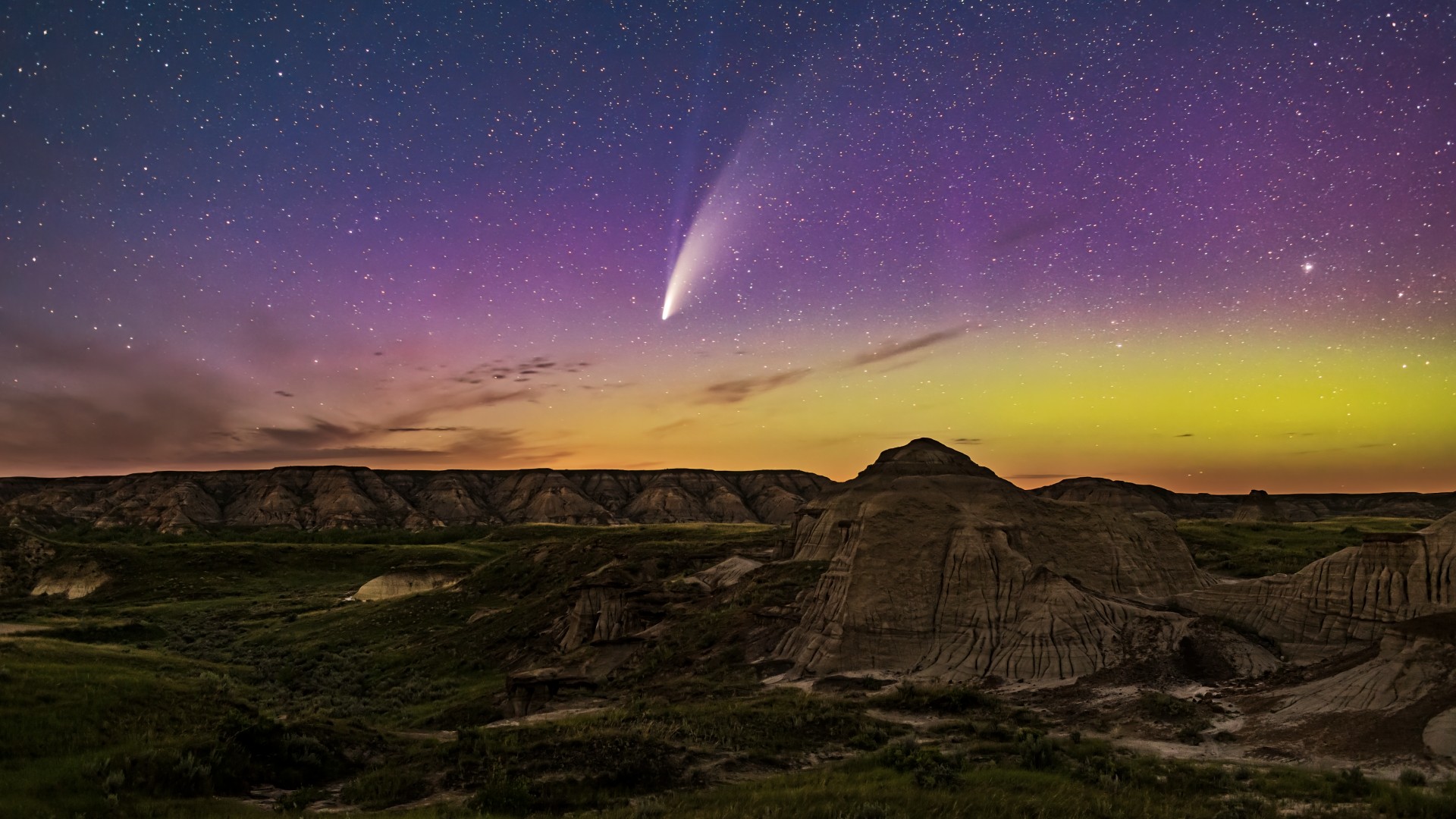
This article was originally published at The Conversation. The publication contributed the article to Space.com's Expert Voices: Op-Ed & Insights .
Jonti Horner is an astronomer and astrobiologist based at the University of Southern Queensland, in Toowoomba, Queensland. Hot on the heels of the disappointing Green Comet , astronomers have just discovered a new comet with the potential to be next year's big story – C/2023 A3 (Tsuchinshan-ATLAS). Although it is still more than 18 months from its closest approach to Earth and the sun , comet Tsuchinshan-ATLAS already has social media buzzing, with optimistic articles being written about how it could be a spectacular sight .

What's the full story on this new icy wanderer? Related: Bright new comet discovered zooming toward the sun could outshine the stars next year Every year, a few dozen new comets are discovered – dirty snowballs moving on highly elongated paths around the sun. The vast majority are far too faint to see with the unaided eye. Perhaps one comet per year will approach the edge of naked-eye visibility.
Breaking space news, the latest updates on rocket launches, skywatching events and more! Occasionally, however, a much brighter comet will come along. Because comets are things of ephemeral and transient beauty, the discovery of a comet with potential always leads to excitement. Comet C/2023 A3 (Tsuchinshan-ATLAS) certainly fits the bill.
Discovered independently by astronomers at Purple Mountain Observatory in Ch.














